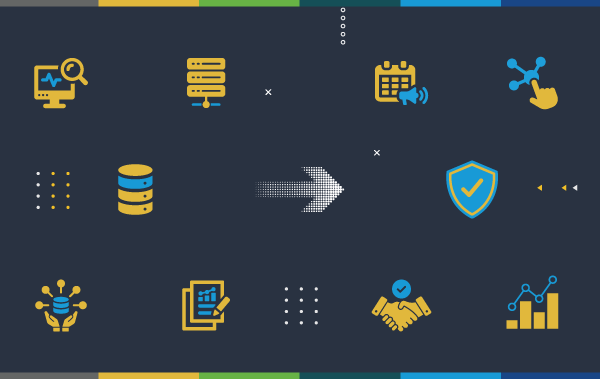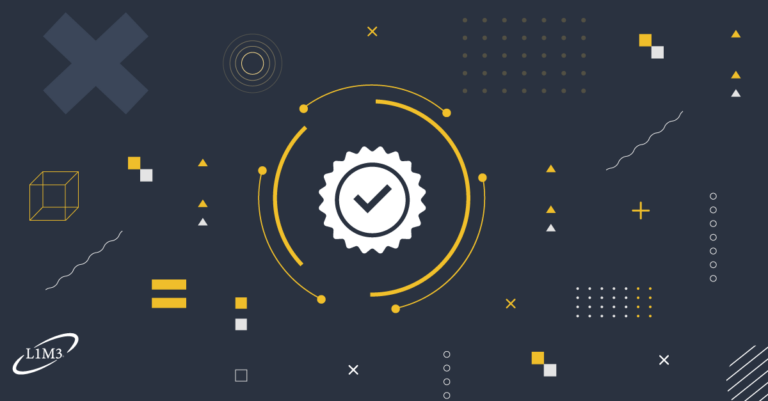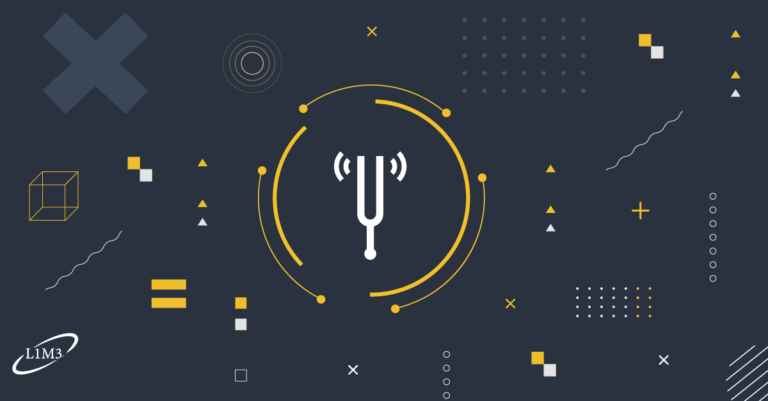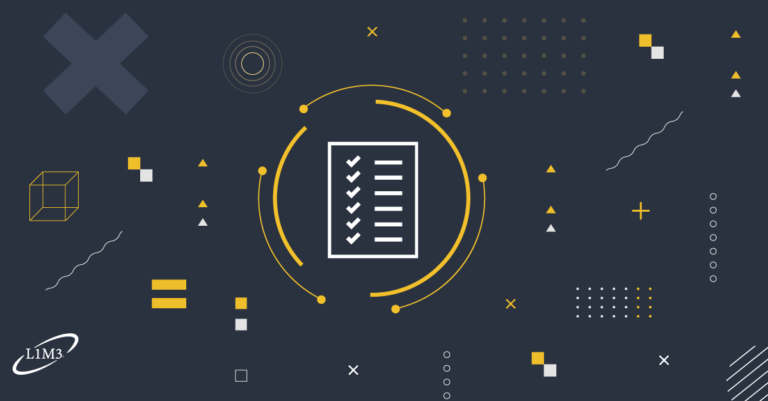Loop1 Answers Top Questions from Alert Noise Webinar
We recently hosted a webinar on alert noise – the importance of getting them under control and how to customize for your needs.
If you missed it, you can view it here:
We had a rich conversation in our Q&A portion where our host, Chrystal Taylor, walked attendees through application in specific scenarios.
The top questions and answers were:
I have a Windows domain environment with mostly laptops plugged into Cisco switches. I would like to get an alert if/when someone that has a non-domain computer joins my switches. Can I create alerts based on this situation?
There are a couple of different ways we could approach this. If you’re using DNS in your environment and all of your other devices are DNS, and something pops up that isn’t using DNS, you can trigger an alert to let you know. If you want to go a different route, you can utilize an events monitor or a script monitor to check for devices not on the domain.
We need some of our servers to monitor interfaces and hardware. Often, when the node goes down, we get a barrage of alerts for the interfaces and the hardware going into an unknown state. How do we protect against this from happening?
You can use dependencies. There are supposed to be automatic dependencies to keep this from happening, so when your node goes down, all of those that are a child of that node shouldn’t be alerting you. If you’re still getting alerts, you can add a condition to your alerts so when your device is down, you won’t receive notifications.
Is there a way to edit the default email template used for when creating a new alert?
There’s not a way to change the default email template. There are, however, variables to change for an email address. But as far as edits to the template go, there’s not a way to do that to our knowledge.
Can the text of an alert on an application have variables or values in the alert from the different groups? Like nodes or alerts?
Yes. What you’re able to use is going to depend on the property you’ve triggered on. If you’ve set your alert to trigger on a node status, you’ll probably have to use the custom variables. SolarWinds does let you create custom sequels to pull any information from the database in. You can use other variables in there to pull information. If you have something custom from your table that you need to pull in, you can definitely do that. It just takes some tweaking on the front end.
What if you have conflicting alerts?
If you have conflicting alerts, they should both trigger. Alerts don’t take priorities.
For more information on how you can customize your alerts or questions about this specific webinar, please feel free to contact us.










